Last Updated on May 15, 2025 by Muhamed Elmesery
The emergence and development of modern physics was a giant leap in the history of mankind. This is because the main theories of modern physics reshaped our perception of the universe and caused an incredible scientific revolution.
Modern physics is a branch of physics that includes the post-Newtonian concepts in the world of physics. It is based on the two major breakthroughs of the twentieth century: relativity and quantum theory.
The term modern physics means up-to-date physics. This term refers to the breakthrough that happened after Newton’s laws, Maxwell’s equations, and thermodynamics, these laws which are known as “classical” physics.
Create a FREE Virtual Labs Account Now!
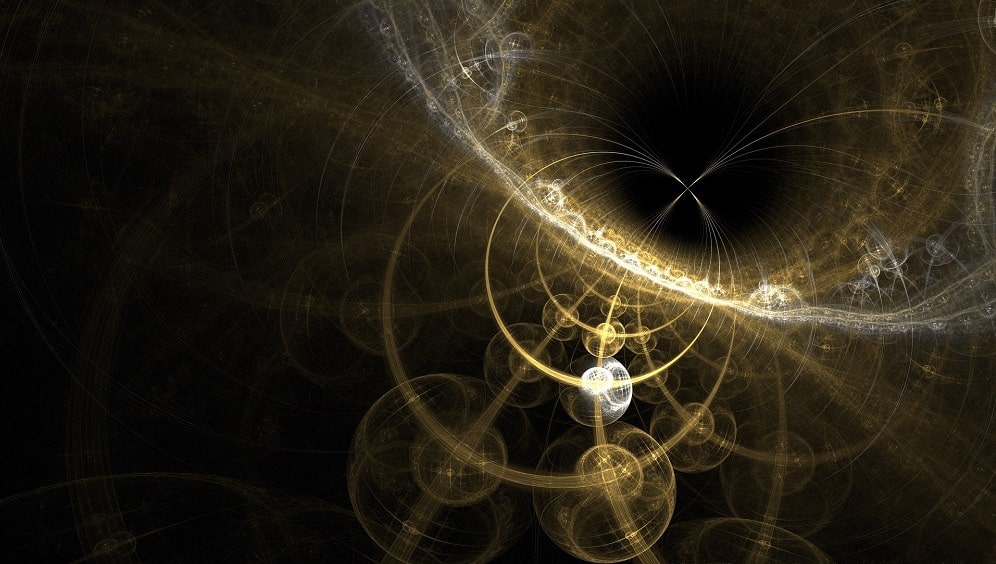
So modern physics can be considered the most recent step in the history of physics. This history has roots back to ancient Greece, old India, old china, the Islamic world, and medieval Europe. Then came the scientific revolution which is based on the ideas of Nicolaus Copernicus, Galileo Galilei, René Descartes, Isaac Newton, and others.
In this article, we are going to take a look at the history of physics in these ages and the evolution of the main theories of modern physics. Also, we will discuss some of the most popular principles of modern physics using the practical experience that is provided by the modern virtual physics lab from PraxiLabs.
This article will also include brief notes on the two major breakthroughs of modern physics in the early twentieth century: relativity and quantum physics.
Table of Contents
Classical Physics And Before That
Physics is a branch of science whose primary objects of study are matter and energy. And it is branching today to classical physics and modern physics.
But what about its history? How did physics start?

Physics of Ancient Greece:
Before the archaic period in Greece’s history, people were explaining every natural phenomenon by supernatural, religious, or mythological explanations. This was the prevailing mindset until it was changed by Thales of Miletus.
Thales of Miletus was a Greek mathematician and astronomer who was called “the father of science,” who first said that every event had a natural cause. And he suggested that the water is the building block of all matter. Then Anaximander argued Thales’s Theory and suggested that another substance called Apeiron is the basic element.
These philosophers were followed by others such as Heraclitus, Parmenides, Empedocles, Zeno of Elea, and Democritus. They founded the Pre-Socratic philosophy, an ancient Greek philosophy that existed before Socrates and was not influenced by him.
And one of the most important achievements of this period was the development of the theory of atomism that was first suggested by Leucippus and his student Democritus. They discussed the idea that all the universe matter is composed entirely of various imperishable, indivisible elements called atoms.
In the classical period in Greece, a genius philosopher left his mark on history. He was called Aristotle, the one who revealed the importance of observation and considered it the key to discovering the laws that control natural phenomena.
Pick The Best Virtual Plan for You
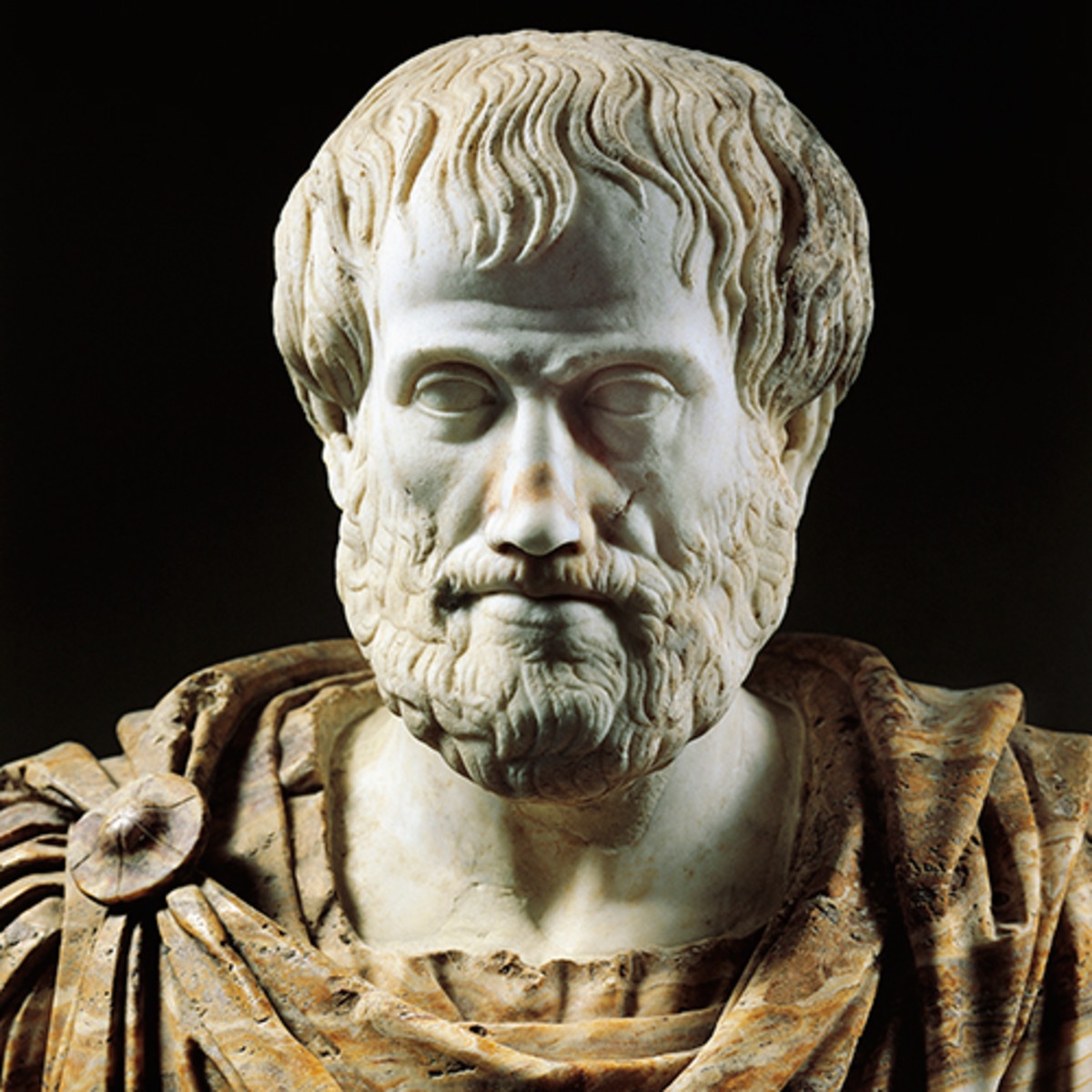
Aristotle wrote the first work which refers to that line of study as “Physics,” in the 4th century BCE. And he formed the theory of four elements and tried to explain the laws of motion and gravity.
After a long time the great mathematician Archemids developed the principles of equilibrium states and the centers of gravity. These ideas would influence the great scholars: Galileo and Newton in the future.
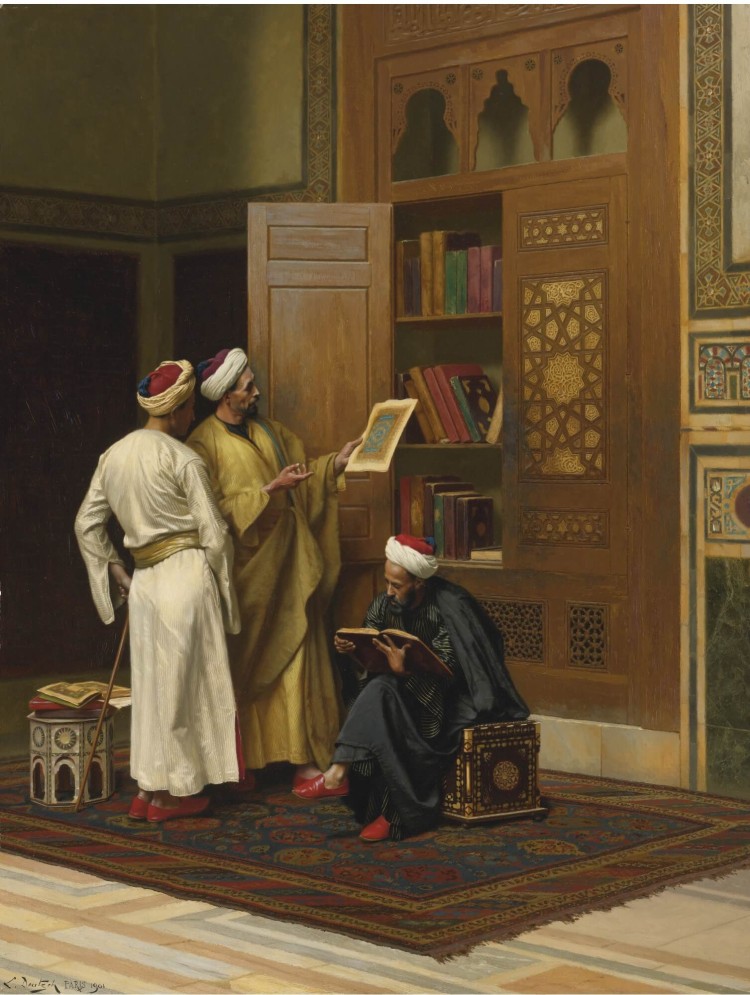
Islamic World
In the middle ages in the Islamic world between the 7th and the 15th centuries, a great scientific revolution was in action.
With the great translation movement of the greek and Indian scientists’ books into Arabic, science became available to the Islamic geniuses to leave their marks on the scientific heritage of humankind.
One of the most important Arabic scholars in this period was Ibn al-Haytham. He made great contributions to scientific progress. Ibn al-Haytham was considered “the father of the modern scientific method” due to his method that was based on the experimental data and reproducibility of its results.
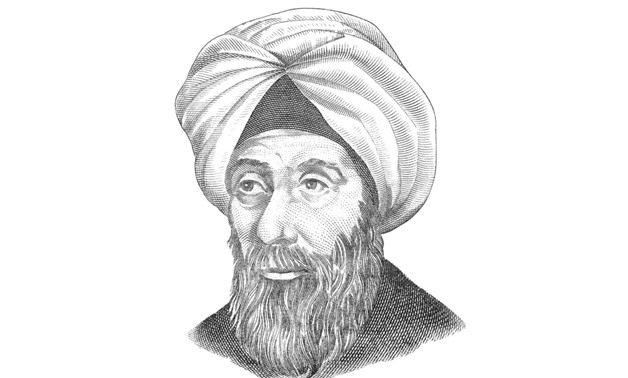
In regards to physics, Ibn al-Haytham is “the father of optics.” As he suggested that light travels to the eye in rays from different points on an object.
And there was another well-known genius called Ibn Sina, who contributed to science with his book “Book of Healing.” He discussed the theory of motion and he suggested that any projectile in a vacuum would not stop unless it is acted upon by opposite force, which is consistent with Newton’s first law of motion inertia that states that an object in motion will stay in motion unless it is acted on by an external force.
Another Islamic scholar Abu’l-Barakat discussed the acceleration of a falling body as a result of its increasing impetus. And Ibn Bajjah who is known as “Avempace” in Europe explained that there is always a reaction force for any opposite force. But he did not note that these forces are equal. This was a forerunner to Newton’s third law of motion which states that for every action there is an equal and opposite reaction.

The Scientific Revolution
The story of the scientific revolution starts with Copernicanism and the battle of mechanics and astronomy. Removing Earth from the center destroyed the doctrine of natural motion and place, and circular motion of Earth was incompatible with Aristotelian physics. He gave strong arguments for the heliocentric model of the Solar system, ostensibly as a means to render tables charting planetary motion more accurate and to simplify their production.
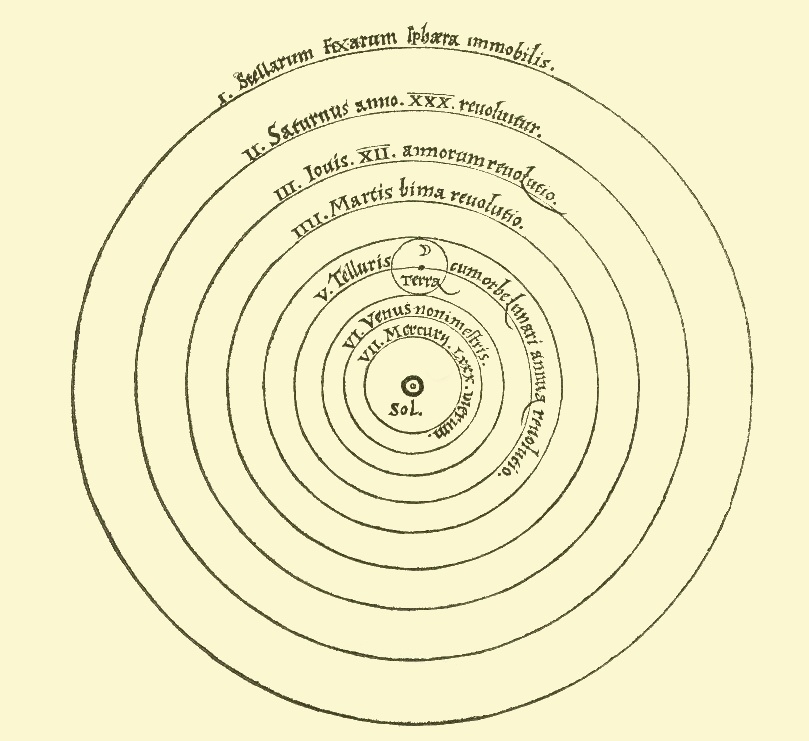
The second round of the battle started with Galileo Galilei, the Italian philosopher, astronomer, and mathematician. He is the one who made fundamental contributions to the sciences of motion, astronomy, and to the development of the scientific method. He discovered four of Jupiter’s moons almost four hundred years ago. Also the law of free fall and the parabolic path of projectile motion were derived by him.
In sequence another star started to shine in the world of physics. He came with the three laws of motion. These three laws described the relation between the motion and the objects. Also he initiated the formula of the universal gravitation. This star was the famous scholar Newton.
The law of universal gravitation applications for describing the motion of planets required the invention of a completely new branch in math, which is calculus. The invention of calculus was one of the greatest scientific contributions of Newton.
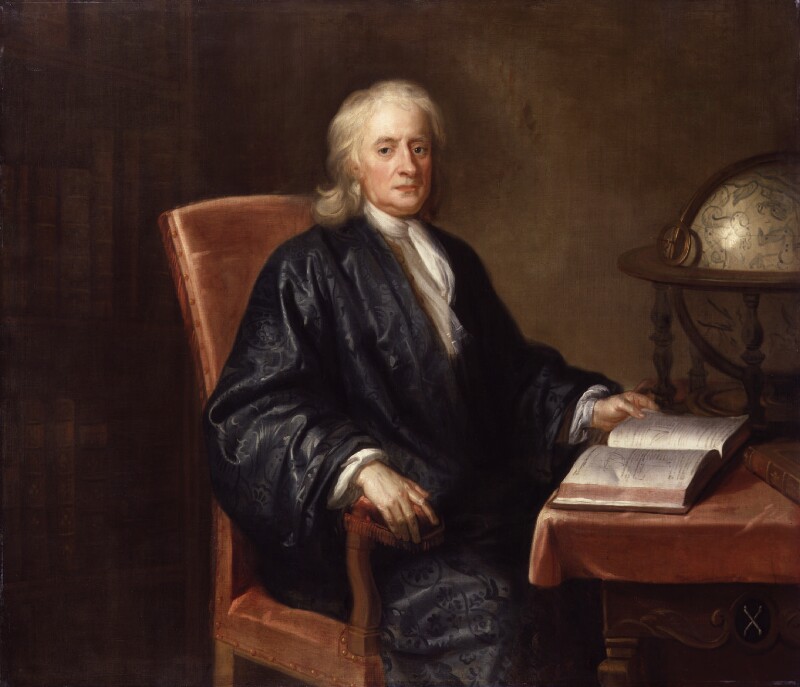
In addition to these great contributions, Newton also built the first functioning reflecting telescope and developed a theory of color, based on the observation that a prism decomposes white light into the many colours forming the visible spectrum.
He studied the speed of sound and demonstrated the generalised binomial theorem and developed a method for approximating the roots of a function. His work on infinite series was inspired by Simon Stevin‘s decimals. And by demonstrating the consistency between Kepler’s laws of planetary motion and his own theory of gravitation, Newton also removed the last doubts about heliocentrism.
With these contributions of Newton, the scientific community was ready to start a new era of physics: the modern physics is here.
The Birth of Modern Physics
Despite the achievements of classical physics at the end of the nineteenth century, it faced a lot of limitations and serious crises that couldn’t be solved using the physics laws of that time.
Some examples for these limitations were the inability of classical physics to explain certain physical phenomena, such as the energy distribution in blackbody radiation and the photoelectric effect.
Radiation Experiments
By the 19th century, scientists started to detect unknown forms of radiation such as X-rays that had been detected by Wilhelm Rontgen, the electron that had been discovered by J. J. Thomson and the radioactive elements found by Marie and Pierre Curie.
These discoveries made scientists doubt the supposedly indestructible atom and the nature of matter.
The classical theory had also failed to explain Michelson–Morley experiment which showed that there did not seem to be a preferred frame of reference, at least with respect to the hypothetical luminiferous ether, for describing electromagnetic phenomena. And it also failed to explain the radiation and the radioactive decay until Lise Meitner and Otto Frisch discovered the nuclear fission which led to the practical exploitation of what came to be called “atomic energy“.
Albert Einstein and Relativity
It is 1905, and a major breakthrough in the history of physics is about to happen, the emergence of relativity theory by a 26-year old German physicist named Albert Einstein. He argued that the measurements of time and space are affected by motion between an observer and what is being observed.
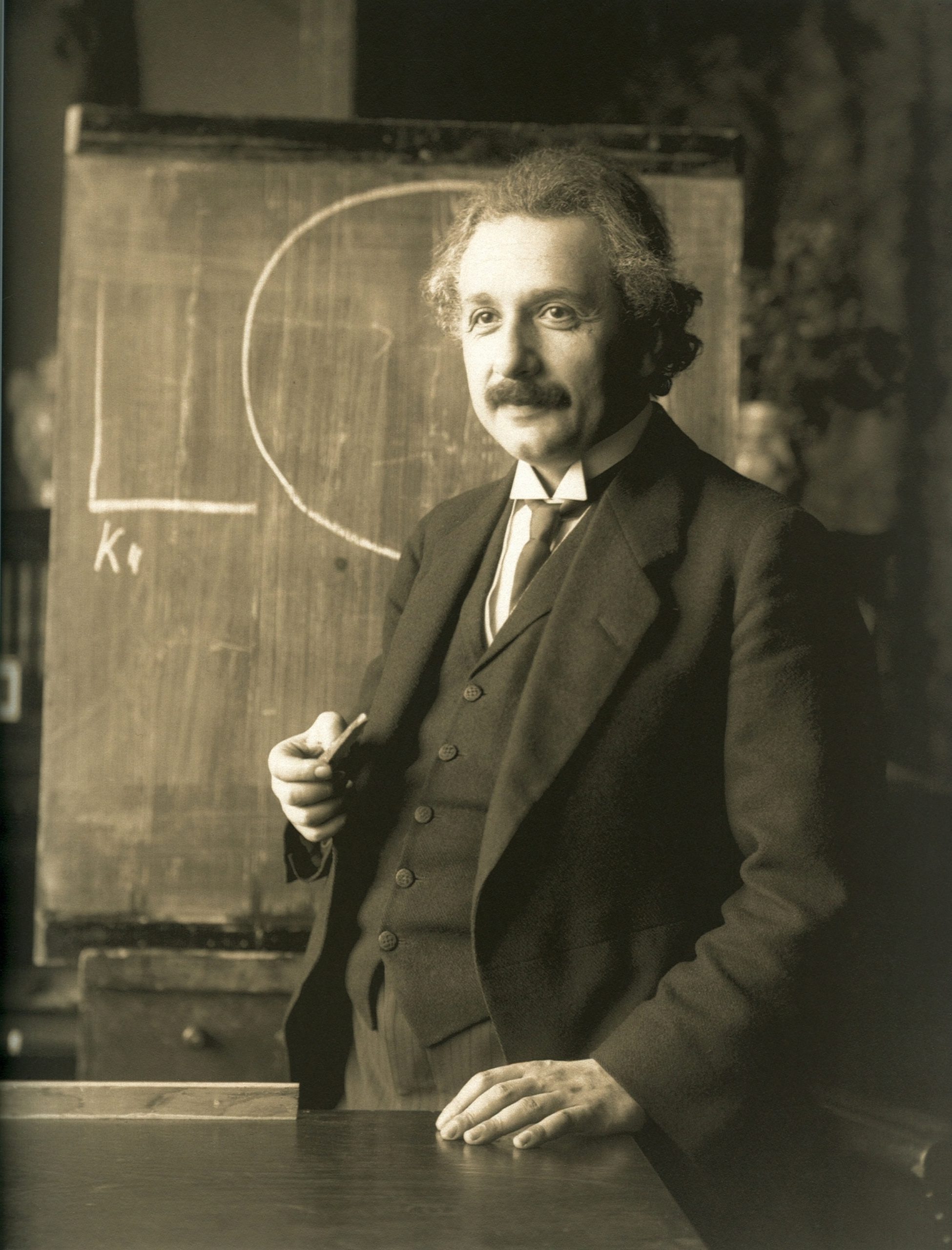
Although the theory of relativity was one of the greatest intellectual achievements of all time, he came up with more. Einstein also recognized that the speed of light in a vacuum is constant, i.e., the same for all observers, and an absolute physical boundary for motion.
He also derived the famous equation, E = mc2, which expresses the equivalence of mass and energy.
Special Relativity
In the theory of special relativity, Einstein explained that the speed of light was a constant in all inertial reference frames and that electromagnetic laws should remain valid independent of reference frames.
The special theory of relativity describes the relationship between physical observations and the concepts of space and time. This theory emerged from the contradictions between electromagnetism and Newtonian mechanics and it caused great development in both those areas.
The original historical issue was whether it was meaningful to discuss how electromagnetic waves propagate in the assumed medium “ether” and its relative motion to other objects. Einstein destroyed the “ether” concept in his special theory of relativity.
However, his basic formulation does not involve detailed electromagnetic theory.
Special relativity tried to answer the mystery question “What is time?” Newton’s answer, in the Principia (1686), was “Absolute, true, and mathematical time, of itself, and from its own nature, flows equably without relation to anything external, and by another name is called duration.” This definition is a base to all classical physics.

Einstein found that this answer was incomplete. He added his relative view.
According to Einstein, each “observer” necessarily makes use of his or her own scale of time, and for two observers in relative motion, their time-scales will differ. This induces a related effect on position measurements. Space and time become intertwined concepts, fundamentally dependent on the observer. Each observer presides over his or her own space-time framework or coordinate system.
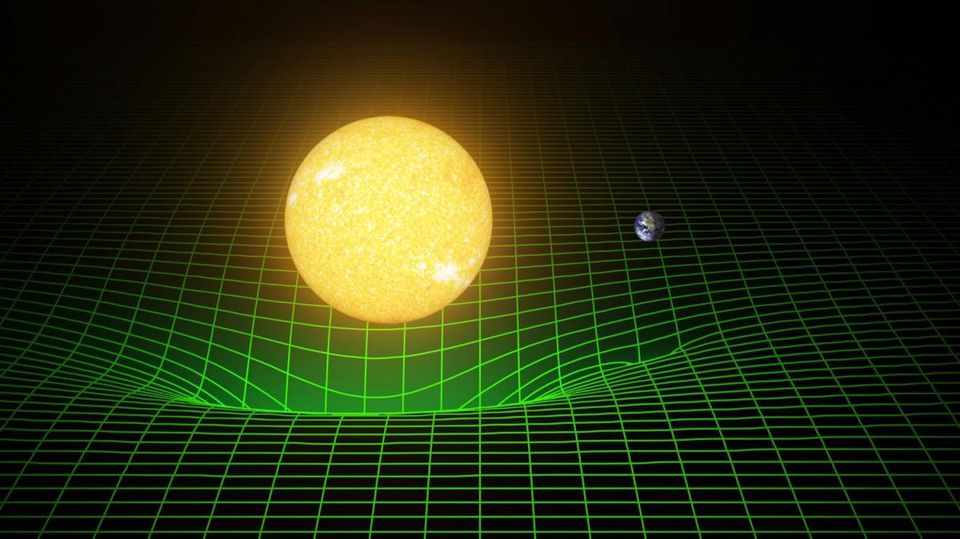
General relativity
In 1916, Einstein went further into the nature of motion in our universe. He introduced the concept of the curvature of space-time, which became the general theory of relativity.
In the theory of general relativity, Einstein explained the gravitational effect at every point in space. According to Einstein, gravitational force in the normal sense is a kind of illusion caused by the geometry of space.
The object’s mass causes a curvature of space-time around this mass, and this curvature dictates the space-time path that all freely-moving objects must follow. This new perception of how gravity works completely replaced Newton’s universal law of gravitation.

Quantum Physics
Another modern physics breakthrough tried to look at another world, the world of atoms and subatomic particles.
The problem of black body radiation experiment ـــthis experiment that showed that at shorter wavelengths, toward the ultraviolet end of the spectrum, the energy approached zero, but classical theory predicted it should become infiniteـــ was solved by the new theory of quantum mechanics.
Quantum mechanics is the theory of atoms and subatomic systems. Approximately the first 30 years of the 20th century represent the time of the conception and evolution of the theory. The basic ideas of quantum theory were introduced in 1900 by Max Planck.
The quantum theory was accepted when the Compton Effect established that light carries momentum and can scatter off particles, and when Louis de Broglie asserted that matter can be seen as behaving as a wave in much the same way as electromagnetic waves behave like particles (wave–particle duality).
Main Modern Physics Experiments Provided by PraxiLabs Virtual Lab
Black Body Radiation
The aim of this experiment is to study the black body radiation and to verify Wien’s law and the inverse square law using the Heated Filament Method.
The intensity of radiation from a black body varies with the wavelength of the emitted radiation, which depends on the temperature of the blackbody. Also, the radiation emitted depends inversely on the square of the distance from the black body.
By measuring the emitted radiation from a heated filament, as a function of the temperature of the filament, wavelength of the emitted radiation and the distance from the black body, we can verify the fourth law of radiation, generates Planck’s curves at a different temperature, and the inverse square law for EM radiation.

Laser Beam Divergence
The aim of this experiment is to verify that the profile for a laser beam is Gaussian and determine its characteristics using laser photodiode method
Most low-intensity laser sources emit laser beam with gaussian distribution I(r)=Ioe – r2/z2 in the transverse direction. where 2 zis the beam diameter at which the beam intensity falls to Io/e 2.
Also, due to the coherent property of the laser, it shouldn’t obey the inverse square law obeyed by ordinary light.
By measuring the laser beam intensity using a photodiode sensor, as a function of the distance from the center of the beam in the transverse direction, we obtain the profile for the laser beam which should be Gaussian. Hence, the beam diameter could be found. plotting the beam profile at different distances from the source could be done and determine the beam divergence which proves that the laser does not obey the inverse square law.
Laser Electro-Optic Effect
The aim of the experiment is to Study the electro-optic effect in some crystals using the Kerr Cell Procedure method.
Monochromatic polarized light (laser) is incident on Lithium niobate crystal that is placed at 45owith the vertical. Applying an electric field to the crystal, causes it to become birefringent. The phase shift between the ordinary and the extraordinary light is found to depend on the square of the electric field.
Lithium niobate crystal is illuminated with a laser beam that is polarized to45owith the vertical. An electric field is applied to the crystal, which allows some light to come out of the crystal and is detected by photo-sensor. The amount of light passing through the crystal is recorded as a function of the electric field using a photosensor, and the half voltage value is determined.
Michelson’ interferometer
The aim of the experiment is To determine the refractive index of a thin transparent plate using Michelson’s interferometer procedure.
Monochromatic light beam from a laser source is splitted into two beams. the two beams are reflected back from two mirrors to a screen, where interference pattern is observed. By moving one of the two mirrors or both, the phase difference between the two beams changes and the fringes crossing the field of vision changes in number accordingly.
The number of fringes crossing the field of vision is counted as one (or both) of the two mirrors is moved or by rotating the glass plate stage through angle . hence the wavelength of laser and the refractive index of the glass plate could be determined.
Millikan Oil Drop
The aim of the experiment is to verify the quantization of the electric charge using the Oil Drop Method.
Oil drops are sprayed into a region between two plates where an electric field is applied. The oil drops acquire some charge from an ionizing source. Thus the oil drop’s motion between the plates is affected by its mass and the amount of charge it has acquired from the ionizing radiation. The motion of the charge is controlled by the value of the applied electric field and its polarity, thus it may fall, rise, or even remain stationary between the plates.
By measuring the fall and rise speed of the oil drops in the presence of the electric field for oil drops, we can determine the amount of charge it has acquired. Hence, it can be proved that the amount of charge carried by each drop is an integer multiple of the electron charge.

I-V Characteristics of Solar Cell (I)
The aim of the experiment is to study the I-V characteristics of a solar cell (or PV cell) in dark and under illumination conditions using Simple circuit to study I-V with a lamp.
Solar cells are generally made from semiconducting materials, which are sensitive to structural and environmental factors, e.g, the light intensity, which depends on the power delivered by the solar cell.
The solar cell is connected in a series circuit consisting of variable resistance, dc battery, ammeter and voltmeter that is connected in parallel to the cell. By continuously varying the value of the load resistance, we can obtain the I-V characteristics at different bias voltage and light intensity.
I-V Characteristics of Solar Cell (II)
The aim of the experiment is to study the illumination dependence and the exposed area dependence of the I-V characteristics of the solar cell using a simple dc circuit with bias voltage, solar cell, variable resistance, ammeter, voltmeter, lamp and ac power supply to operate the lamp, variable area chopper plate.
solar cells are generally made from semiconducting materials, which are sensitive to structural and environmental factors, e.g, the light intensity, which depends on the power delivered by the solar cell.
By varying the ac voltage applied to the cell and measuring the short circuit current as a function of the lamp’ voltage, we can study the effect of the light intensity on the short circuit current obtained from the cell. In the second part, a chopper plate of controllable area limits the exposed area of the cell to the light intensity, allowing us to study the dependence of the I-V characteristics and the cell parameters maybe also studied.
I-V Characteristics of Solar Cell (III)
The aim of the experiment is to study the spectral dependence of the incident light and the effect of parallel and series wiring of few cells using Optical Filters to study dependence of I-V of a solar cell. Also, connecting two cells in series and in parallel.
Solar cells are generally made from semiconducting materials, which are sensitive to structural and environmental factors, e.g, the light intensity, which depends on the power delivered by the solar cell.
Different optical filters can be attached to the opening of the lamp box to study the effect dependence of the I-V charcateristics of a solar cell. In the second part, two solar cells can be connected in series or in parallel, to study the effect of the connection method and I-V characteristics and the cell’ parameters.
PraxiLabs Virtual Labs include a range of 3D science experiments in physics, chemistry and biology experiments
 PraxiLabs A virtual world of science
PraxiLabs A virtual world of science





